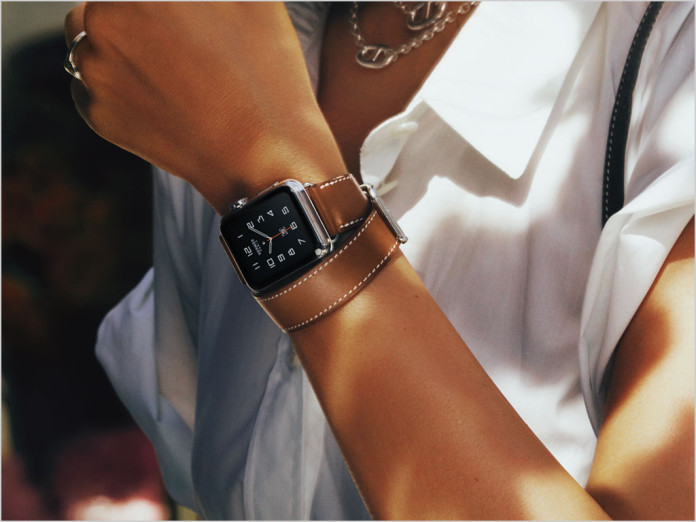
blog For those of you who’ve been relatively dubious about the supposed health benefits of wearing an Apple Watch, I recommend you check out this story posted by long-time Australian technology journo Garry Barker earlier this month. According to Barker, he was feeling a bit off so checked the heart rate monitor on his Apple Watch. The result?
“It showed 50 beats a minute, a bit slow perhaps. I tapped it again. This time it showed 150 beats a minute! Not good. I opened Cardio, the heart rate app, on my iPhone, and got the same result. Then to the Health app on the iPhone, where the health and fitness data from the watch is displayed on a dashboard. It showed irregularity, with spiking of between 120 and 150 beats a minute.”
Armed with this knowledge, Barker was able to immediately seek medical assistance, which resulted in life-saving surgery to correct a blocked artery. I was very glad to hear that it seems like he has made a pretty full recovery.
To me, this situation really demonstrates the huge potential for positive health applications which the emerging class of wearable technology devices has. I’m not in the same situation as Barker — being quite a bit younger. And I’m not expecting any radical health issues any time soon. However, I have already been monitoring my health for several years already through the use of my Jawbone UP24 device. It has assisted me with getting better sleep habits, as well as pushing me to exercise more. No doubt both of these facets will have a positive long-term impact on my health.
Are you using a wearable technology device yet? Are you using it to assist with keeping your health up?
Image credit: Apple

Does it really take Apple techno-wizardry to figure out your pulse is racing? Why not use two fingers and take your own pulse. The actual rates doesn’t matter, but the characteristics do. If it is fast-slow-fast then something is wrong. Definitely worth ringing 13HEALTH (or your state equivalent) for advice, or if you’re feeling really bad, call 000.
I think the message should be: 1) learn CPR, 2) learn how to take a pulse (since checking pulse is not part of CPR) any more. No tech required, could save a live ANYWHERE.
If you read the article, you’ll see that Barker did use his fingers to take his pulse – but then also confirmed it objectively vi the Apple Watch. Great approach, in my opinion – evidence-based.
It is unfortunate that he didn’t realise immediately that such an irregular pulse was a problem.
Consumer electronic HR monitors (pulse or chest strap) don’t cope all that well with irregular heartbeats (ectopic beats are pretty weird, with missing beats). Something like a graphical pulse-oximeter or ECG show this (but most people don’t have them at home).
Fair point, Dave, and I support your call for people to learn CPR & how to take a pulse (especially those with kids – my work-mandated first aid training came in handy when my 1-year-old daughter got some food caught in her throat, turning a potentially deadly situation into a minor incident).
However, the benefit of such devices is that they can continuously monitor indicators such as pulse, where most people wouldn’t think to (I know I haven’t checked my pulse since my last regular checkup at the the GP). The right software can look at that data to flag potential indicators of problems.
The remarkable thing about this story, for me, is that the smartwatch was monitoring heartrate continuously, and yet there was no indication that a sedentary person having a heartrate varying from 50-150bpm was out of the ordinary.
There are probably all sorts of liability problems if the watch was to alert based on a HR pattern, as it could be regulated by the FDA as a medical device, with approval to sell given sometime in the 2020s.
Isn’t accuracy typically an issue for those wrist/hand based devices for consistent reading of heart rate. I know for cycling/running the watches/devices sync from a chest strap for much that reason.
I’ll also add to the whole do a first aid course (even if you let it expire doing it just once should give you enough of an idea to potentially save a life).
It would be great if everyone did a first aid course, even if it was so they learnt what NOT to do in various situations (e.g. dragging people with spinal injuries out of cars).
Even that requires some thought and awareness of surroundings before making a decision. What if the car is on fire? The moral is no rule is absolute.
Comments are closed.